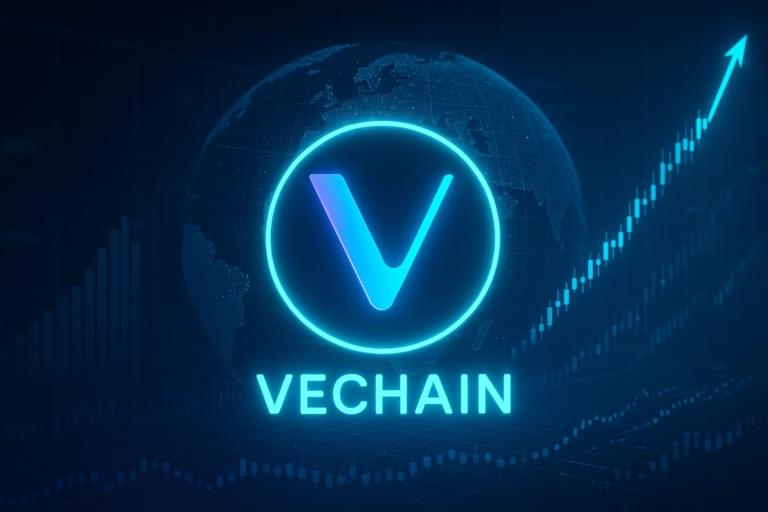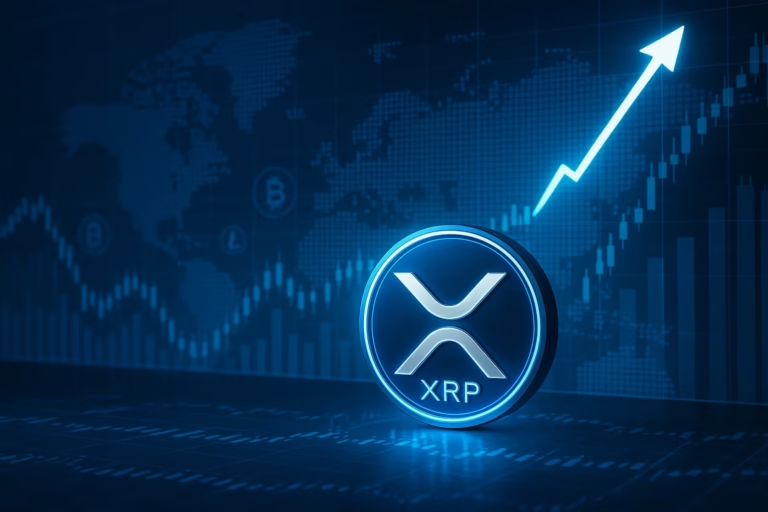
- Uniswap founder Hayden Adams urges Ethereum to stay committed to Layer 2 scaling as the best strategy to compete with Solana’s superior Layer 1 performance in DeFi.
- While open to a Layer 1 pivot, Adams stresses it must be realistic and clearly defined to avoid derailing Ethereum’s long-term roadmap.
Uniswap founder Hayden Adams is urging the Ethereum community to stay the course with its Layer 2 (L2) scaling strategy, as Solana’s performance in decentralized finance (DeFi) continues to impress. In a recent post on X, Adams emphasized that Ethereum’s best chance of remaining competitive in the DeFi space lies in fully embracing its L2-centric roadmap.
The Case for Layer 2
According to Adams, Solana’s approach of running DeFi applications directly on its Layer 1 (L1) gives it a performance advantage. He acknowledges that Solana’s robust L1 architecture is currently more efficient for DeFi, but believes Ethereum’s long-term scalability still depends on a horizontal scaling model through L2 solutions.
“Ethereum has been working towards an L2-centric/horizontal scaling roadmap for 5+ years,” Adams noted. “You want to throw this away at the final stretch because of what reason?”
Ethereum has been prioritizing L2 scaling since 2020, with projects like Optimism and Arbitrum enabling faster and cheaper transactions. However, this shift has come with trade-offs, such as slower progress on L1 upgrades and increasing debates within the Ethereum community over the platform’s future direction.
Competing Visions for Ethereum’s Future
While Adams is firmly in the L2 camp, he isn’t dismissing a possible shift to an L1-centric approach. He stated that he would be open to such a pivot if it were done realistically and with clear intentions. Still, he cautioned that this would require Ethereum to abandon long-held ideals—such as keeping the network decentralized enough for anyone to run a node from a laptop.
Interestingly, Adams pointed out that most of Uniswap’s activity still takes place on Ethereum’s L1, highlighting the ongoing utility of the base layer even as scaling solutions grow.
Ethereum Faces Pressure Amid Market Decline
The debate around scaling comes at a challenging time for Ethereum. The platform is enduring one of its weakest quarterly price performances in years, with ETH struggling to maintain levels above $2,000. Meanwhile, Solana continues to gain momentum, fueling discussions around a potential DeFi “flippening.”
Despite the market downturn, some prominent figures like Tron founder Justin Sun have expressed continued support for Ethereum, pledging collaboration to boost the network’s ecosystem.
As the crypto landscape evolves, Ethereum’s path forward may well be defined by the scaling choices it makes now. For Adams and many others, staying committed to Layer 2 might be the key to Ethereum’s DeFi future.
DISCLAIMER:
The views and opinions expressed herein are solely those of the author and do not necessarily reflect the views of the publisher. The publisher does not endorse or guarantee the accuracy of any information presented in this article. Readers are encouraged to conduct further research and consult additional sources before making any decisions based on the content provided.




